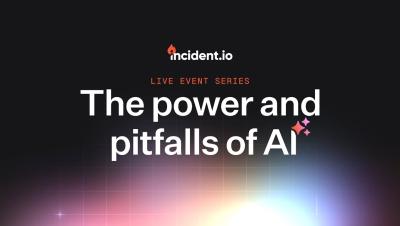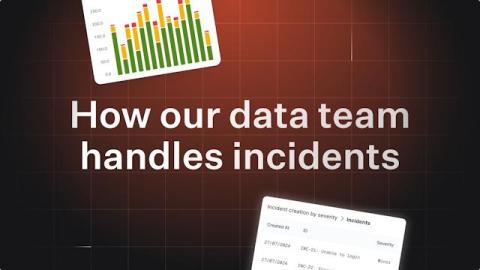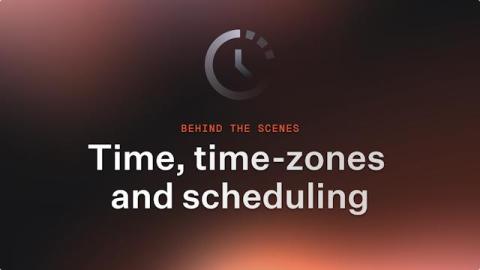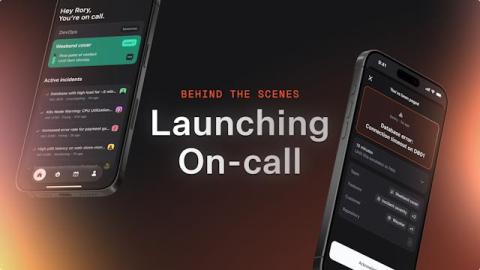Redefining incident management: the power and pitfalls of AI
Like it or not, AI is having a monumental impact on our lives. Most of the products we engage with today have AI features and functionality, aimed at assisting or completely replacing the actions normally taken by humans. When it comes to incidents, we’re firm believers of accelerating human actions, and believe the risk of over-automation far outweighs the benefits. In this live event we’ll dig a little deeper on why, as we cover the power and pitfalls of AI.













